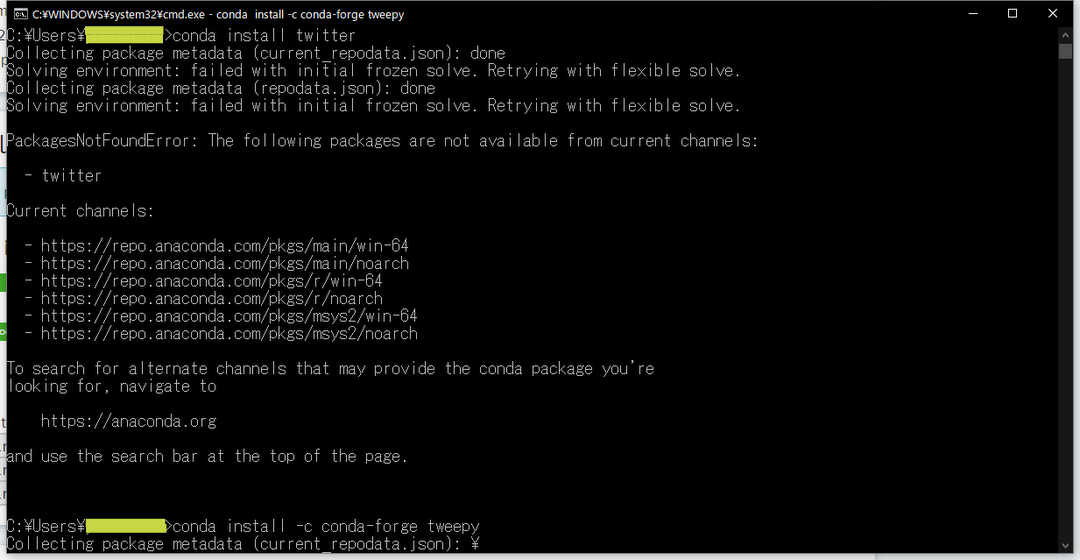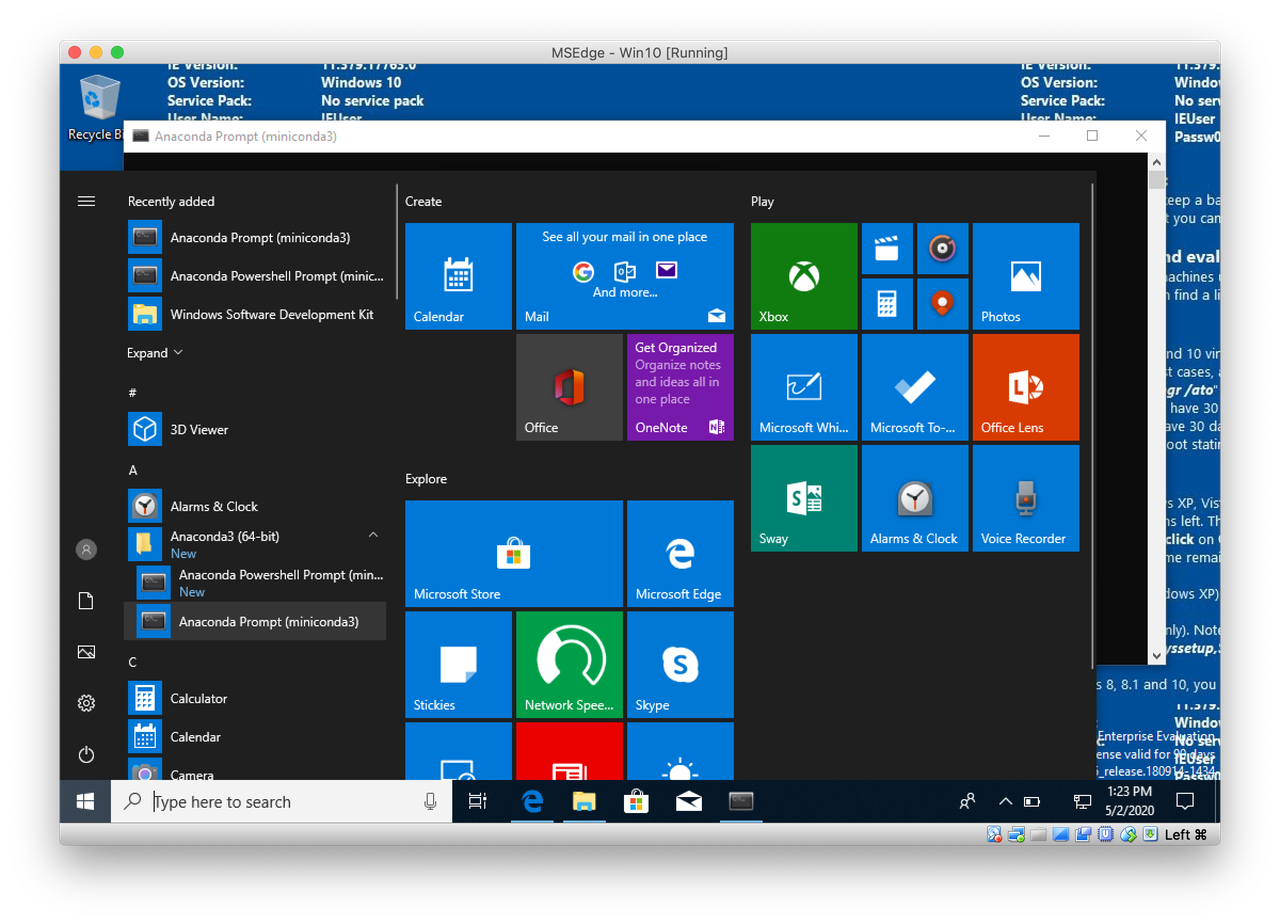
The Python package manager that installs and updates packages. The following table lists the various tools involved with Python environments: Tool Conda environmentsĪ conda environment is a Python environment that's managed using the conda package manager (see Getting started with conda).Choosing between conda and virtual environments depends on your packaging needs, team standards, etc. Note: While it's possible to open a virtual environment folder as a workspace, doing so is not recommended and might cause issues with using the Python extension. When you install packages into a virtual environment it will end up in this new folder, and thus isolated from other packages used by other workspaces. A virtual environment creates a folder that contains a copy (or symlink) to a specific interpreter. Virtual environmentsĪ virtual environment is a built-in way to create an environment. These environments allow you to install packages without affecting other environments, isolating your workspace's package installations. There are two types of environments that you can create for your workspace: virtual and conda. Tip: In Python, it is best practice to create a workspace-specific environment, for example, by using a local environment.

Any packages that you install or uninstall affect the global environment and all programs that you run within it. For example, if you just run python, python3, or py at a new terminal (depending on how you installed Python), you're running in that interpreter's global environment. Types of Python environments Global environmentsīy default, any Python interpreter installed runs in its own global environment.

Note: If you'd like to become more familiar with the Python programming language, review More Python resources.



 0 kommentar(er)
0 kommentar(er)
